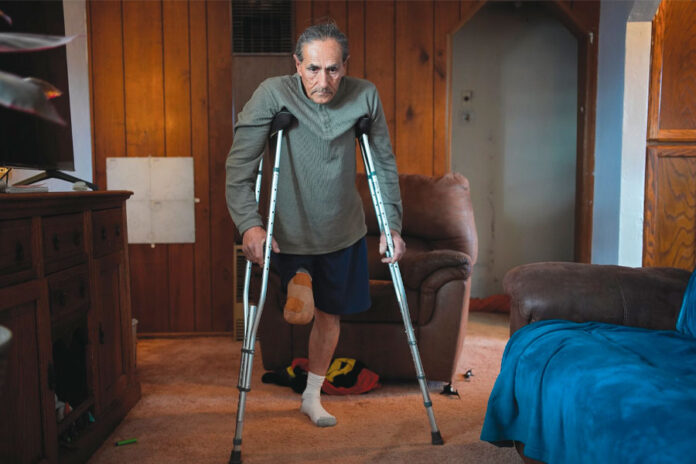A sweeping Associated Press investigation into prison labor in the United States found that prisoners who are hurt or killed on the job are often being denied the rights and protections offered to other American workers.
These prisoners are being placed in dangerous jobs, sometimes with little or no training. They pick up trash along busy highways, fight wildfires, and operate heavy machinery. They work on industrial-sized farms and meat-processing plants tied to the supply chains of some of the world’s most iconic brands and companies. But incarcerated workers and their families often have little or no recourse when things go wrong.
The report on the dangers of prison labor is part of a wider AP investigation into what has become a multibillion-dollar industry that often operates with little oversight.
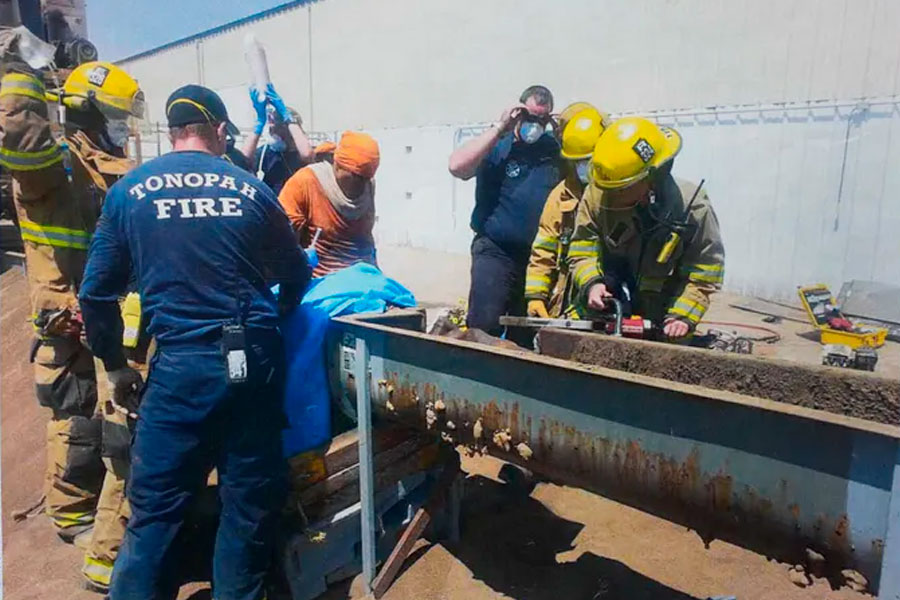
Here are takeaways from the latest installment of AP’s investigation:
PRISONERS ARE AMONG THE MOST VULNERABLE U.S. WORKERS
Laws in some states spell it out clearly: Prisoners aren’t classified as employees, whether they’re working inside correctional facilities or for private businesses through prison contracts or work-release programs.
That can exclude them from workers’ compensation benefits, along with state and federal workplace safety standards. They cannot protest against poor conditions, form unions or strike, and it’s harder for them to sue. Some also can be punished for refusing to work, including being sent to solitary confinement. And many work for pennies an hour – or nothing at all.
AP reporters spoke with more than 100 current and former prisoners nationwide about their experiences with prison labor, along with family members of workers who were killed. About a quarter of them related stories involving injuries or deaths, from severe burns and traumatic head wounds to severed body parts.
It’s almost impossible to know how many incarcerated workers are hurt or killed each year, the AP found, partly due to privacy laws but also because prisoners often don’t report injuries, fearing retaliation or losing privileges like contact with their families.
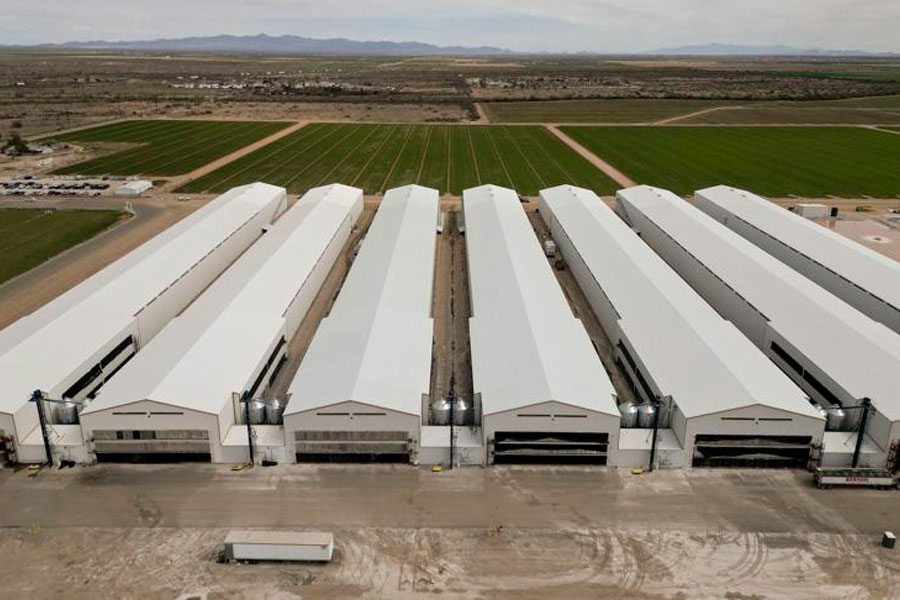
DANGEROUS JOBS, LITTLE OR NO TRAINING
Prisoners work in poultry plants, sawmills and in industrial factories. In many states, laws mandate that they be deployed during disasters and emergencies for dangerous jobs like hazardous material cleanup. They’re also sent to fight fires, filling vital worker shortage gaps, including in some rural communities in Georgia where incarcerated firefighters are paid nothing as the sole responders for everything from car wrecks to medical emergencies.
California, Nevada, Arizona and several other states also deploy prisoners to fight wildfires.
Prisoners who are injured on the job and decide to sue can face nearly insurmountable hurdles, including finding a lawyer willing to take the case. That’s especially true after the federal Prison Litigation Reform Act was passed almost three decades ago to stem a flood of lawsuits that accompanied booming prison populations.
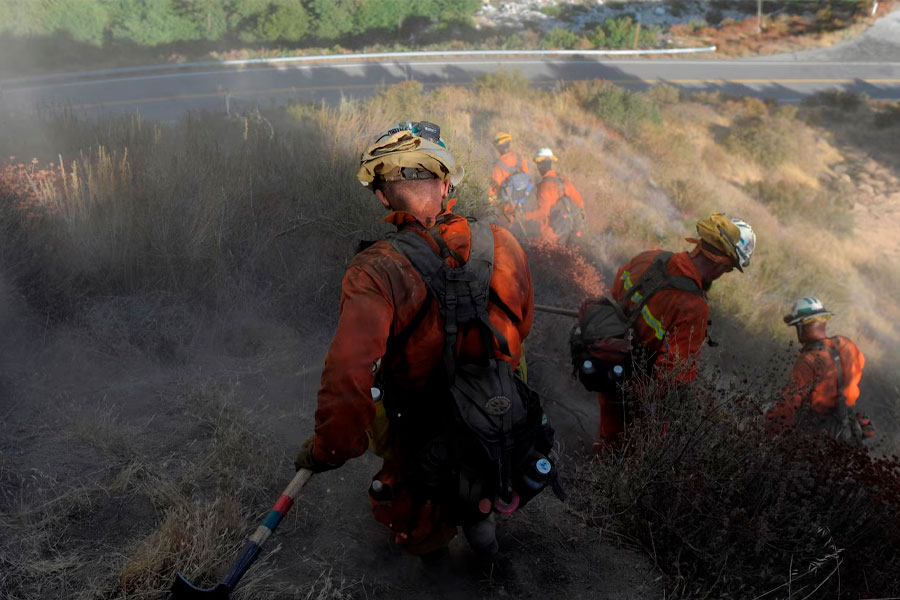
Michael Duff, a law professor at Saint Louis University and an expert on labor law, said an entire class of society is being denied civil rights.
“We’ve got this category of human beings that can be wrongfully harmed and yet left with no remedy for their harm,” he said.
IT’S ALL LEGAL
Today, nearly 2 million people are locked up in the U.S. – more than almost any country in the world – a number that began spiking in the 1980s when tough-on-crime laws were passed. More than 800,000 prisoners have some kind of job, from serving food inside facilities to working outside for private companies, including work-release assignments everywhere from Burger King to Tyson Foods poultry plants. They’re also employed at state and municipal agencies, and at colleges and nonprofit organizations.
And it’s all legal: A loophole in the 13th Amendment to the U.S. Constitution passed after the Civil War makes forced labor legal, abolishing slavery except “as punishment for a crime.”
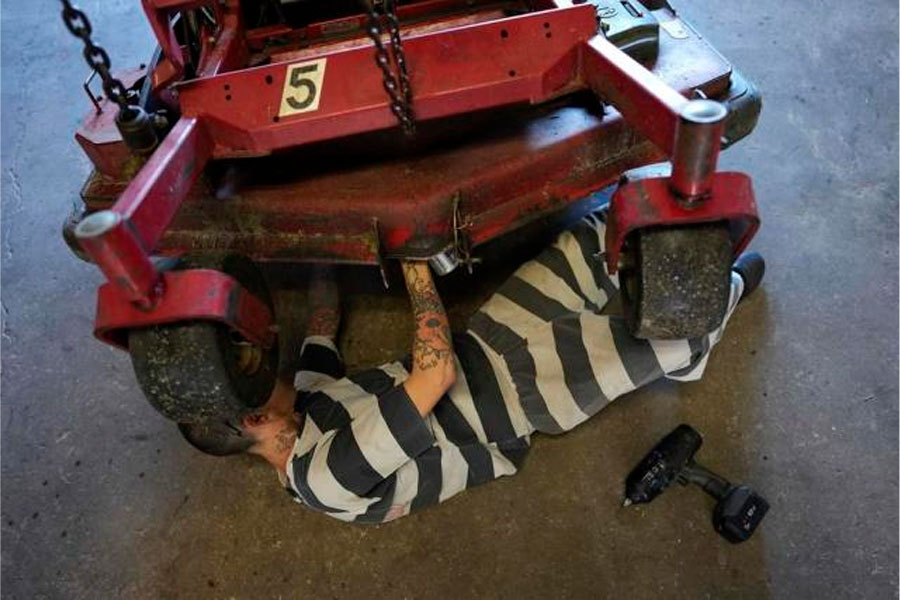
Few critics believe all prison jobs should be eliminated, but say work should be voluntary and that prisoners should be fairly paid and treated humanely. Correctional officials and others running work programs across the country respond that they place a heavy emphasis on training and that injuries are taken seriously. And many prisoners see work as a welcome break from boredom and violence inside their facilities.



